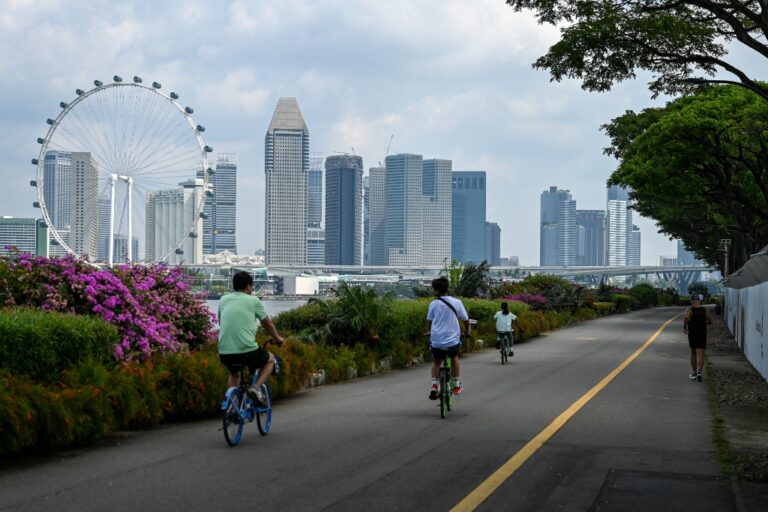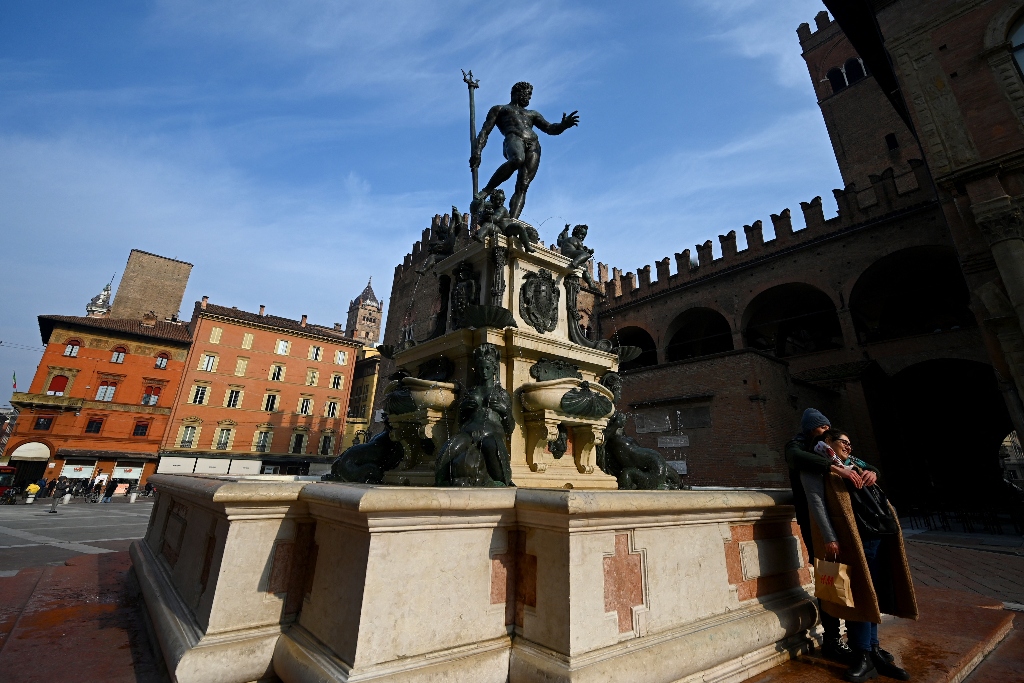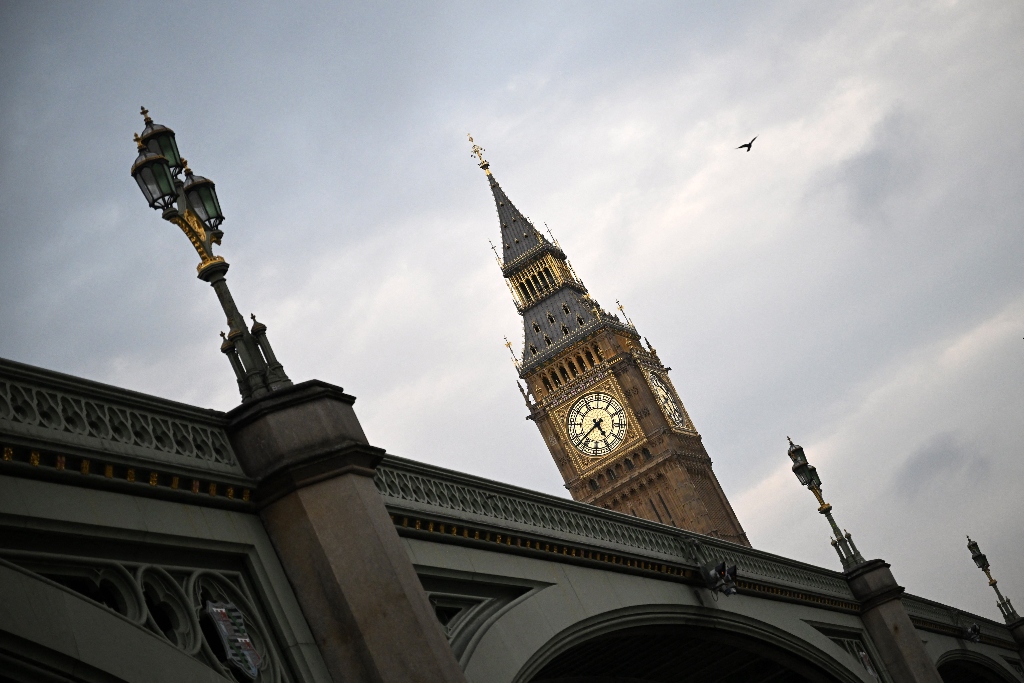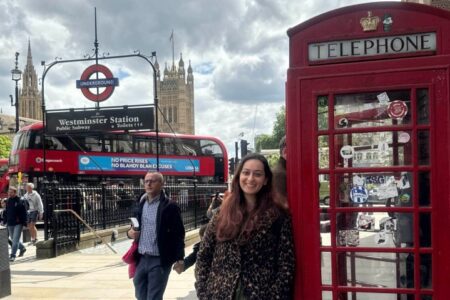
Picture this: you’re an international student, miles away from home, and getting from one destination to another has proven to be your biggest challenge. Perhaps you’re in a city like Los Angeles, which doesn’t have decent public transportation. Maybe you’re in a country like Brazil, where it’s often too expensive to buy a car.
How are you going to enjoy, or even survive, your time abroad when even the grocery store’s an hour’s journey away? In Canada, a study shows that 61% of students said their commute was “a barrier to campus participation.”
Here’s a simple solution: walkable student cities.
Walkable student cities are designed with pedestrians as the priority. The term “walkability” gained traction in the 90s, used by advocates and city designers as an approach to New Urbanism, which promotes human-scaled urban design – narrow streets, mixed-use neighbourhoods, and close to public spaces.
But how do walkable student cities truly benefit you, and the world?
This is why you should live in a walkable city
Now, picture this: streets designed for people to walk or bike to school and work safely. Hospitals and grocery stores are just around the corner, as are your favourite cafes and parks. The neighbourhoods aren’t drowning in the stench of petrol or loud noises that’ll make your ears burst.
This concept is known as the 15-minute city, which has been adopted by names like Milan, Shanghai, and Barcelona.
European cities were found to be the most pedestrian-friendly, with the average Milanese needing to walk only about seven minutes to reach amenities. That also means you’re living nearby not only buildings, but people. You’re more likely to build close connections, and it helps you foster a sense of community.
Aside from everything being accessible to each other, walkable student cities allow you to live an active lifestyle – perfect if you turn your nose up at the sight of a gym. According to a study from Boston University, adults living in walkable communities are 1.5 times more likely to be physically active than those who aren’t. It reduces cases of obesity, strokes, heart diseases, and more.
It’s not only human health that improves. Transportation accounts for 29% of greenhouse gas emissions in the US, the highest among all sectors. Reducing the number of cars on the road would decrease pollutants such as nitrogen dioxide, carbon monoxide, hydrocarbons, and others.
It’s also better for the economy, since walking, inevitably, costs the city less than public transportation. It generates business activity, and yields a high return on public investment due to its “impact on retail sales and tax values.”
Most walkable student cities in the world

The city of Baguio has mandated that motorists who fail to yield to pedestrians will receive a fine ticket. Source: AFP
1. Baguio, Philippines
Home to six universities, the city of Baguio in the Philippines is one of the most walkable student cities in Southeast Asia. The pedestrian-friendly sidewalks are wide, clean, and available around key locations such as Burnham Park, Malcolm Square, Session Road, and Mines View Park that are within a few kilometres of each other.
To encourage people to walk more, the Baguio’s Finest has taken a significant step via the King of the Road ordinance, which mandates motorists to yield to pedestrians for at least five seconds in all pedestrian lanes and crossings, ensuring everyone’s safety.
Just last month, 440 motorists were given citation tickets for disregarding these pedestrians.
2. Barcelona, Spain
Barcelona boasts numerous pedestrian zones and car-free areas, including its iconic Las Rambla, a tree-lined boulevard. You will see cafés, shops, and street performers along the walk, creating an enjoyable and relaxing walking experience.
Barcelona is primarily flat and runs along the Mediterranean coastline, which makes it easier and less tiring to walk. A good central point to start is at the Plaça de Catalunya, where it links to some famous attractions you can find in the city.

Bologna’s main square can be reached practically everywhere within a 15-minute stroll. Source: AFP
3. Bologna, Italy
Planning to rent a car in Bologna? Want to ride the city in a cute Vespa? Don’t. All you need is a good pair of walking shoes, and you are ready to go! Bonus point: this is the home of one of the oldest universities in the world.
Often considered highly walkable due to its compact size and clustered building arrangement, the city’s main square can be reached practically everywhere within a 15-minute stroll.
The city has an extensive network of covered walkways, providing shelter from the sun and rain that makes walking comfortable in various weather conditions.
4. Chicago, US
Chicago is one of the most walkable student cities in the US. With universities like the University of Chicago, Northwestern University, and the University of Illinois Chicago, the city has pedestrian walks that are safe and secure for students to move from one place to another.
Chicago’s street grid system also makes it relatively easy to navigate, with many streets running perpendicular to each other.
According to a Reddit user, hundreds of thousands of people live and work in Chicago without a car.

London is one of the best walkable student cities because of its tube system too. Source: AFP
5. London, UK
Although central London, UK, has excellent connectivity with its trains (commonly called the tube) and buses to get around, walking is still preferred here. And why wouldn’t you when you’re in one of the greatest, if not the greatest capital city in the world (when it’s sunny)?
University College London, Imperial College London, and the London School of Economics and Political Science are among the universities located in central London. So, if you want to study in city campuses where everything else is in reach and inspiring, consider signing up for these universities.
6. Madison, US
Another walkable student city in the US is Madison, Wisconsin. With nearly 1931 kilometres of sidewalk and more than 321 kilometres of biking and hiking trails in and around the city, walking from one place to another is a breeze without ever having the need to own a car.
On top of that, the city has a robust school crossing guard programme, as well as other initiatives designed to encourage more young people to walk to an educational institution, from high school kids to university students.

Singapore’s public transportation is among the best in the world. Source: AFP
7. Singapore
For students who want to experience the best hustle and bustle of Asian city life, Singapore is where you should go. Imagine it as the New York of Southeast Asia, where people are out and about, working even until late at night.
And it is a good thing that the city-state has very walkable pathways that can get you from one spot to another.
Its public transportation, especially its train system called the MRT, is among the best in the world. The government is very serious about this.
8. Tokyo, Japan
Tokyo, Japan is one of the most walkable cities in the world. Case in point: the Shibuya crossing, which is the world’s busiest pedestrian crossing with as many as 3,00 people using it at a time.
However, the city’s population of 14 million people would pose a slight problem if you are not used to a fast-paced surrounding filled with working-class people going the same direction day and night. The same can also be said for its overuse, but always reliable trains.

Upssala University in the heart of the city is the oldest university in the Nordic region. Source: Unsplash
9. Uppsala, Sweden
Home to the oldest university in the Nordic region, Uppsala University, the city has a compact centre, which means you can walk or bike to most places.
The university itself houses a number of museums, important art collections, and the largest library in the country, all adding to the city’s cultural vibrancy.
10. Zürich, Switzerland
Zürich is not just the perfect place to walk for students, but also for everyone there. Many footpaths and trails lead along the rivers and the lake, through industrial quarters or the Old Town, up to places with a view, or right through the city centre, all being far away from traffic or noise.
The main attractions and points of interest, like the Grossmünster twin churches and the Augustinergasse streets, are relatively close together, making it easy to explore on foot.










